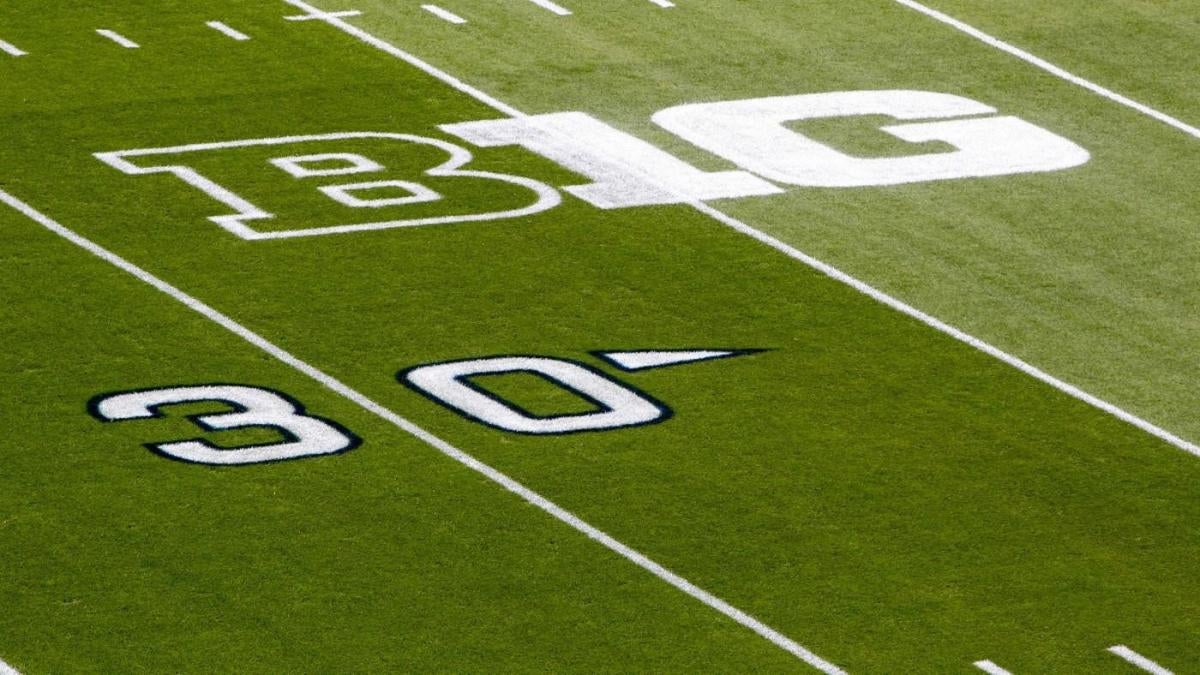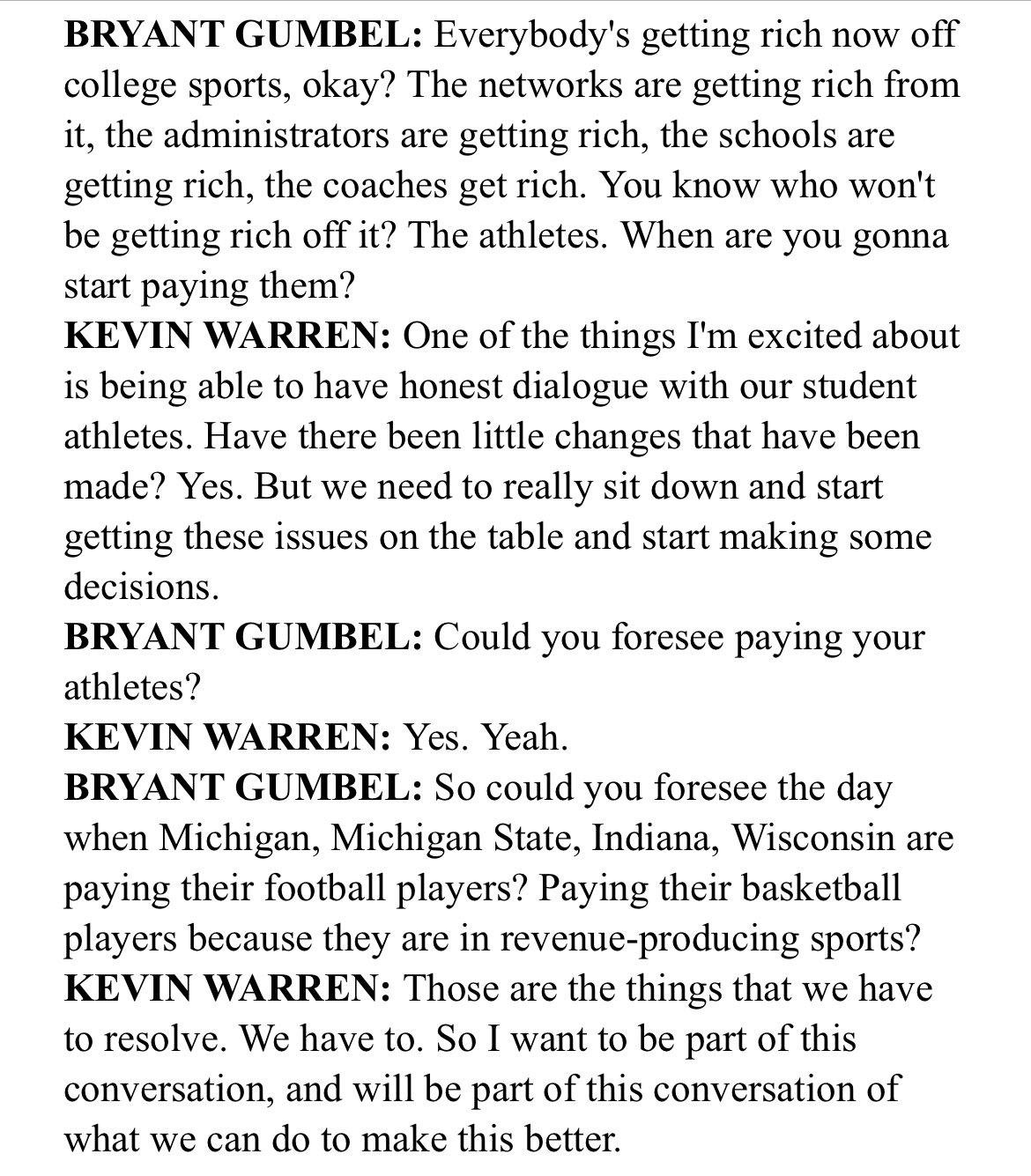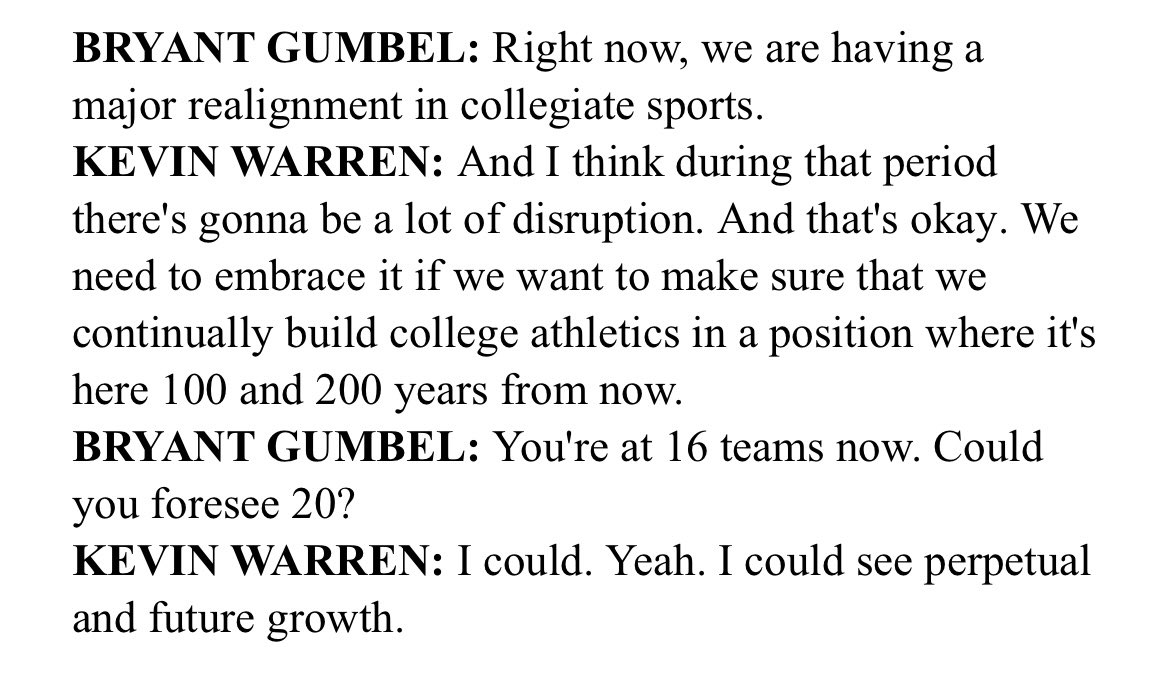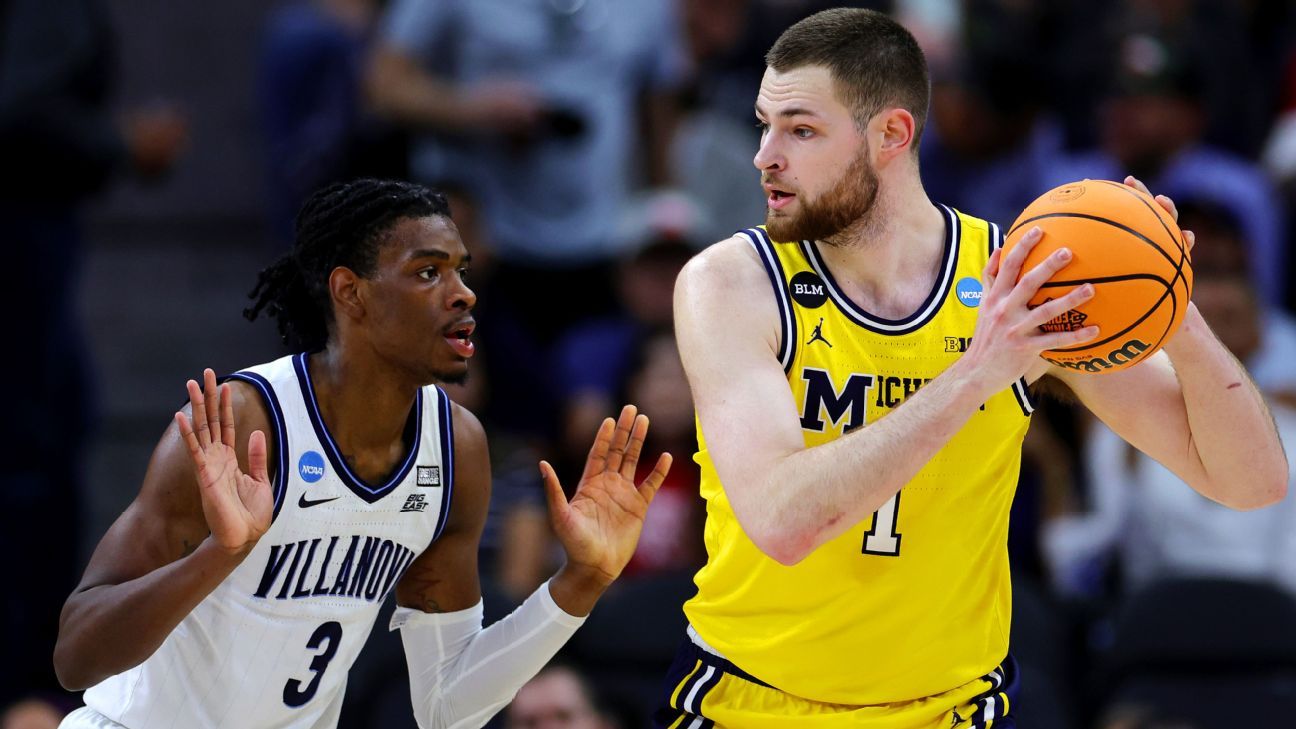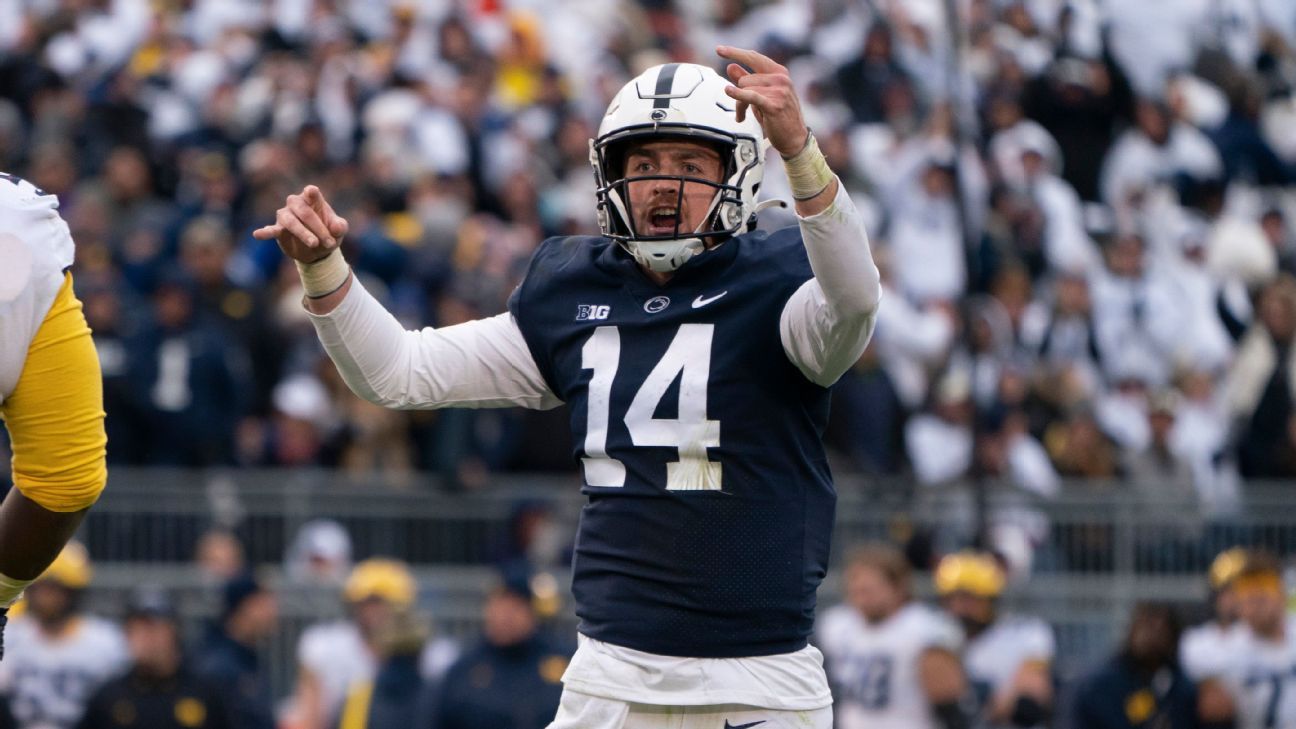Why are some against it?
There are a few main arguments from those who are against settling.
(1) Any settlement offers only short-term protection from further lawsuits, meaning it needs codification from Congress to become a long-term or permanent solution. The NCAA and power leagues have spent five years lobbying lawmakers to pass a federal bill to manage athlete compensation. Since 2020, there have been more than 10 congressional hearings and multiple bills filed. No single piece of legislation has even advanced to a House or Senate full committee discussion. Will a settlement change congressional action? That’s the goal.
(2) The settlement may not put a complete end to the NIL-fueled arms race in college sports, where booster-led groups are donating millions to fund their teams because schools are not permitted to directly pay athletes. At some competitive programs with significant resources, NIL collectives may continue to operate much in the way they do now, providing extra cash on top of what’s allowed from schools. If a school purchases its athletes’ NIL rights, any outside NIL could be eliminated (something referred to often as “in-house NIL”). But how many athletes would agree to such? It remains an unanswered question.
Complicating matters is a separate case, brought against the NCAA by attorneys general in Virginia and Tennessee, that has successfully, for now, legalized NIL-related inducements from third parties such as collectives.
(3) The settlement alone may not prevent the current rate of player movement across the college sports landscape. The NCAA recently changed its transfer policies to permit athletes to move freely without penalty, aligning its own rules with a court injunction that did the same in December. That, again, is a separate case complicating matters.
(4) There are several active cases remaining where courts could eventually deem athletes as employees. How the settlement impacts those cases is unclear. This creates anxiety for administrators who wish to avoid employment at all costs.
What happens to the Group of Five?
The House case, and any potential settlement of it, focuses on the power conference programs — those athletic departments within the NCAA that generate the most revenue. Kessler, the lead attorney in House, said as much earlier this month during a speaking engagement in Washington, D.C., noting that those schools that cannot afford to share revenue will not necessarily be required to do so.
The settlement would be what several administrators describe as “permissive”: A school does not have to share $20 million with its athletes but the agreement opens the door to give schools the freedom to do so. In a competitive market fueled by the recruiting of high school and college transfers, schools will naturally jockey to offer athletes as much as they can.
Most Group of Five and FCS football programs do not generate a profit, and their athletic departments are often subsidized by university and student fees. There are programs at the G5 level where $20 million in revenue sharing would nearly eclipse their entire department revenue for the year.
“You really have to think about (the Power Four schools) as different,” Kessler said earlier this month. “The reason we get tied in knots is because we conflate those schools who have developed these gigantic independent commercial businesses with the schools who are still just educational institutions with extracurricular activities. When you try to come up with one rule for all, you go crazy. You have to look at the schools differently. For the ones with the money, there is plenty of money to compensate the athletes and share it with the women’s sports.”
Many G5 athletic directors hold such fear that this new revenue-sharing model will put them so far behind that they are at least toying with the idea of holding their own postseason event.
In a new world of revenue sharing, competition between those in the power leagues and those in the Group of Five won’t necessarily end. But the gap between the top and bottom of FBS, already exacerbated in the NIL era, will further grow.
How will a school determine who gets paid and how much?
This is not completely clear. But common sense tells us that athletes participating in a sport that generates the most revenue are likely to earn more of a share of that revenue than those participating in sports that don’t generate as much (or any at all).
At many power conference athletic departments, football and, to a lesser extent, men’s basketball are the only sports that produce significant revenue figures. The money that those sports generate is normally pumped back into those sports themselves and the dozens of Olympic sports that lose millions annually.
However, schools are bound by Title IX, a 52-year-old federal law that prohibits sex-based discrimination in schools. Athletic departments are required to provide the same opportunities for women athletes as they do men. The law is heralded as a significant driver in producing a robust and successful women’s athletic movement in the United States and on the world stage at the Olympics. Millions of young women have come through the college sports pipeline in sports specifically sanctioned to adhere to Title IX.
But how does Title IX apply in a revenue-sharing model?
That question remains unclear and there is ongoing litigation in Oregon that could, eventually, provide the answer.
In an interview in January, Baker said he believed that Title IX terminology is more “about equal participation” and not “so much about equal amounts.” That would open the door for a school to share more total revenue with men athletes as long as the school offers revenue to an equal number of women athletes.
In his appearance in Washington D.C., Kessler noted that he “hopes” Title IX is applied in any future athlete compensation model.
What’s next?
Over the next month, particulars of the new revenue-sharing model are expected to be further socialized across the four major conferences (much of this has already been done). Meetings will be had and arguments will unfold. Many have circled the end of May as a looming deadline to agree on a settlement.
In the end, votes from each league’s board of presidents are expected in what could be a historic move to, once and for all, send crumbling the final piece of NCAA amateurism.
Or, perhaps, not.
“Change is here. It is not going to stay the same. It’s already different,” Kessler said earlier this month. “The best thing that everybody should think about is, ‘OK, how can we make this change the most positive change for everyone involved?’
“Stop living a vision that doesn’t exist. Face the realities here, because it’s going to happen. The question is, are you going to be part of that change or not be part of that change?”
After months of negotiations in the House antitrust case, the next evolution of athlete compensation is on the horizon.

sports.yahoo.com
